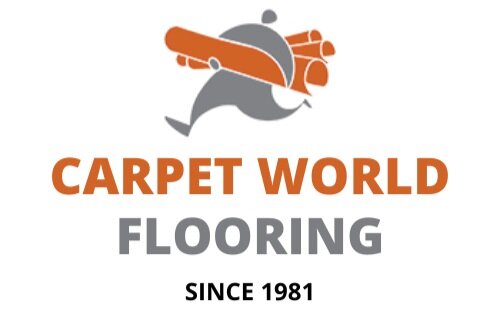A common question customers have is whether or not we can install new flooring over their existing tiles and in most cases, the answer is yes. Sometimes, however, it is best getting rid of those old tiles and starting fresh.
Installing over existing tiles is much more convenient, less time consuming and less expensive. Besides that, removing tiles is a noisy and dirty job.
To determine whether or not you can install over the existing tiles, the following needs to be taken into consideration.
CONDITION OF THE EXISTING TILES
The tiles should be in good condition. Cracked tiles could be an indication of underlying problems. Whether that be a poor installation or an unstable subfloor, cracked tiles require further investigation to determine the cause. If cracking is recent and ongoing, it is preferable to remove the tiles before installing a new floor. New flooring requires a solid, smooth and level surface to install on to so in addition to being in good condition, there should be no hollow spots below the tiles and the area as a whole needs to be level and even.
THICKNESS OF THE NEW FLOORING
Most of the time, the slight increases in the overall height of the flooring does not cause any problems. In most cases, only doors are affected but these can be trimmed down to allow for the increase in height.
Different types of flooring have different thicknesses and it is important to consider the combined thickness of the final product when deciding whether or not to remove the tiles.
Laminate flooring with 2mm underlay ranges between 10mm and 14mm. Glue down luxury vinyl with self-levelling screed ranges between 7mm and 10mm and engineered wood, which generally comes in 15mm thick varieties, with underlay, can increase the height of the floor by 17mm.
Consider how this will affect adjoining areas, entrances, doors, cupboards and spaces for appliances. For example, kitchen counter tops are often at just the right height to fit a dishwasher. If the floor height is increased by 17mm, your dishwasher won’t fit back in.
If you find that the height increase won’t cause any problems down the road, and the tiles are all in good nick, then there is no reason to go through the process of removing them.
In the case of laminate and engineered wood flooring, this will entail laying down an underlay on which the new flooring is installed. When installing glue down, or stick down luxury vinyl flooring, however, a self-levelling screed will be applied first, after which the vinyl planks will be glued down directly on to the screed.

